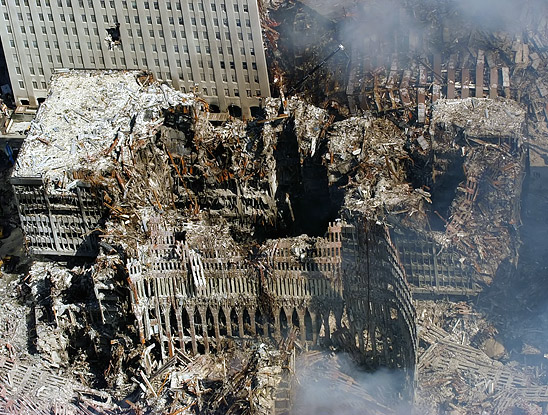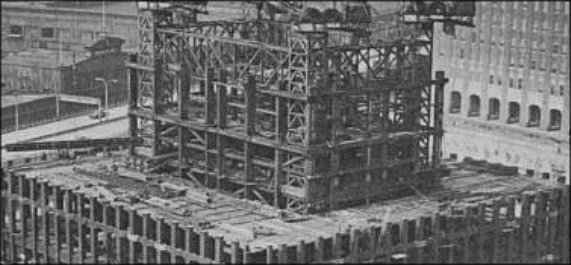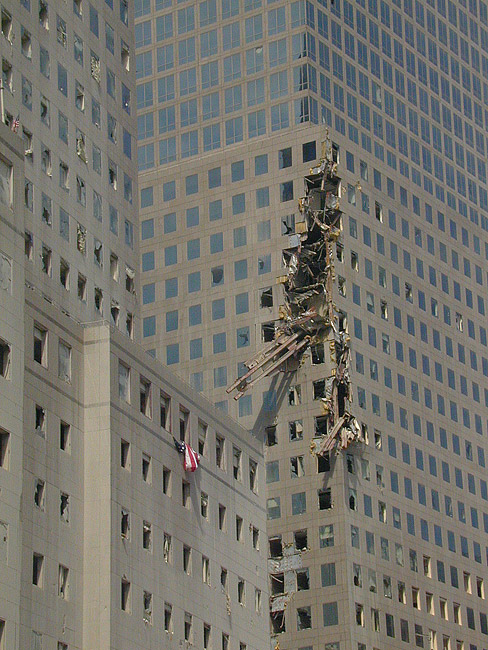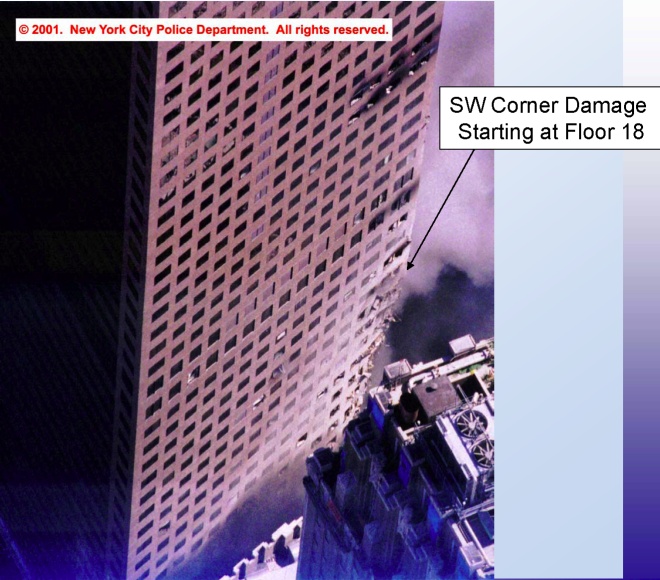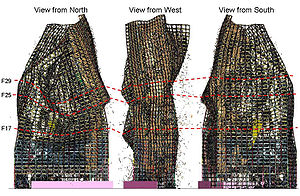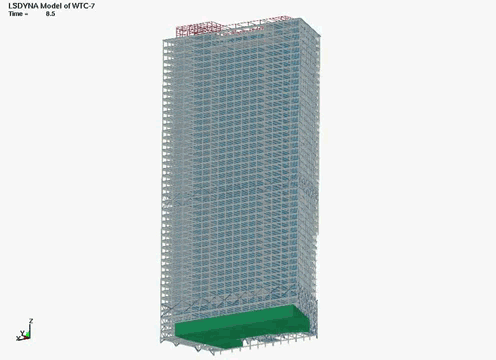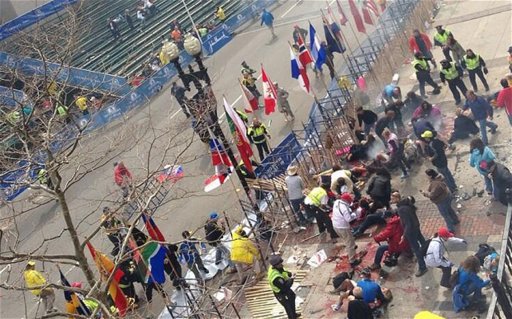I suppose that's what one would have to imagine. Although, it is curious that what was observed was a descent that reached free fall speeds. So it would seem that even those imaginary impacts on the next floor down didn't do much after our simulation/imagination of a "progressive collapse" begins. (This is where Mick's soda can comes in, I'd imagine. Imagining things is usually fun... that's why I do it all the time. But then it's time for Occam's razor to trim back the bunk, too.)
That IS where the can comes in. The exterior of the building is like walls of the can. The exterior of the building is supporting thousands of tons of static load, several times its own weight. The can is supporting 150 pounds, yet it weighs only 0.03 pounds. It's supporting 5,000 times its own weight as a static load. (The difference in ratios here is to do with the square-cube law, which is what makes scale demonstrations difficult). But once it buckles, its ability to support drops to a tiny tiny fraction of this, near zero, so I fall at essentially free fall acceleration.
There was plenty of buckled steel, but no real need to learn more about buckling, as that has been very well understood for many years. If it's not straight and square, then it's not strong. So keep it straight and square.That's a lot of imaginary buckling. Maybe it's so. Did they save all the buckled steel and investigate how it buckled so that the incompetent engineers that built it (who apparently needed "just a bit of knowledge") wouldn't design a building that way again?
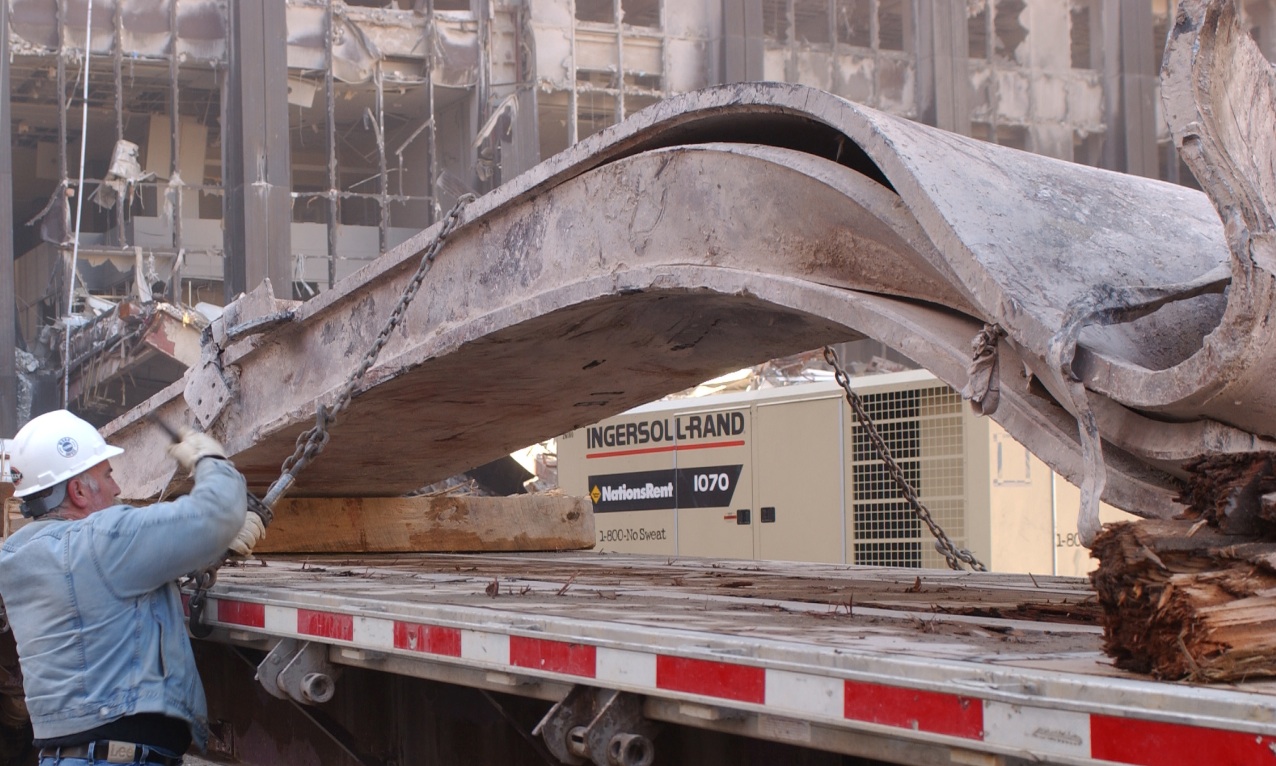
Last edited:

